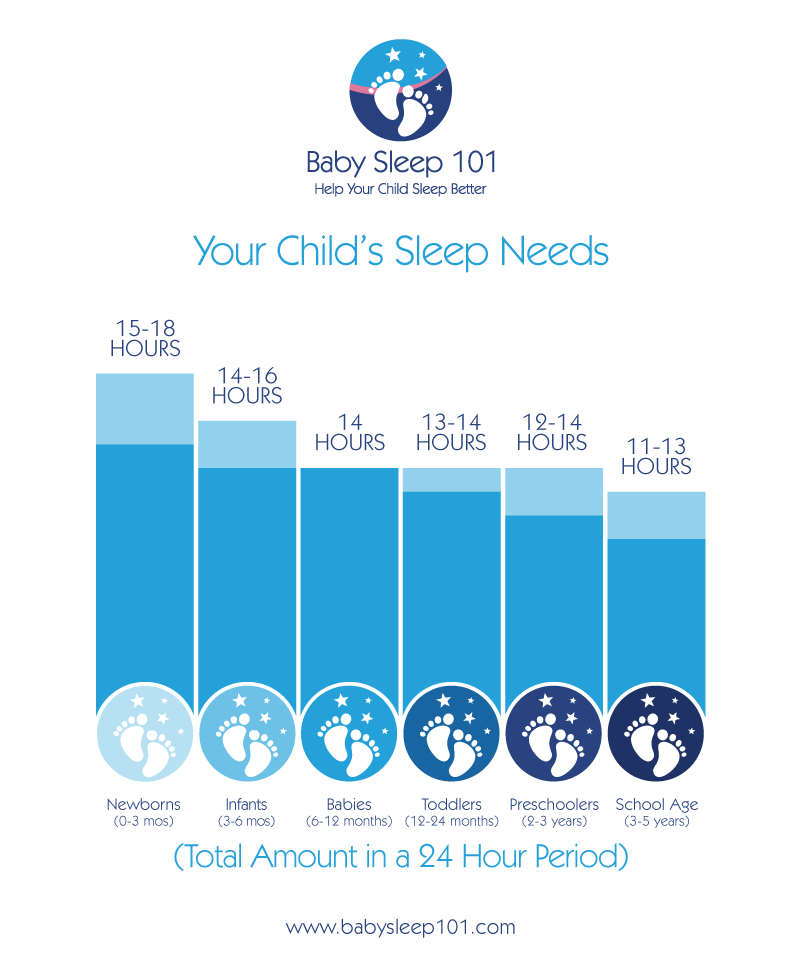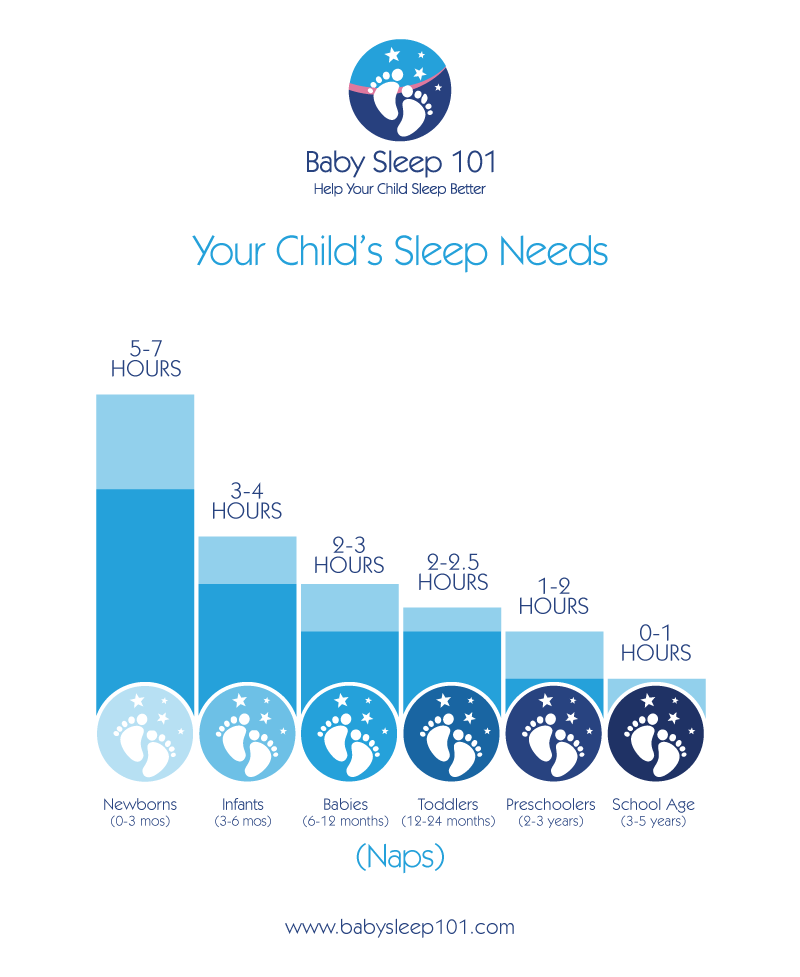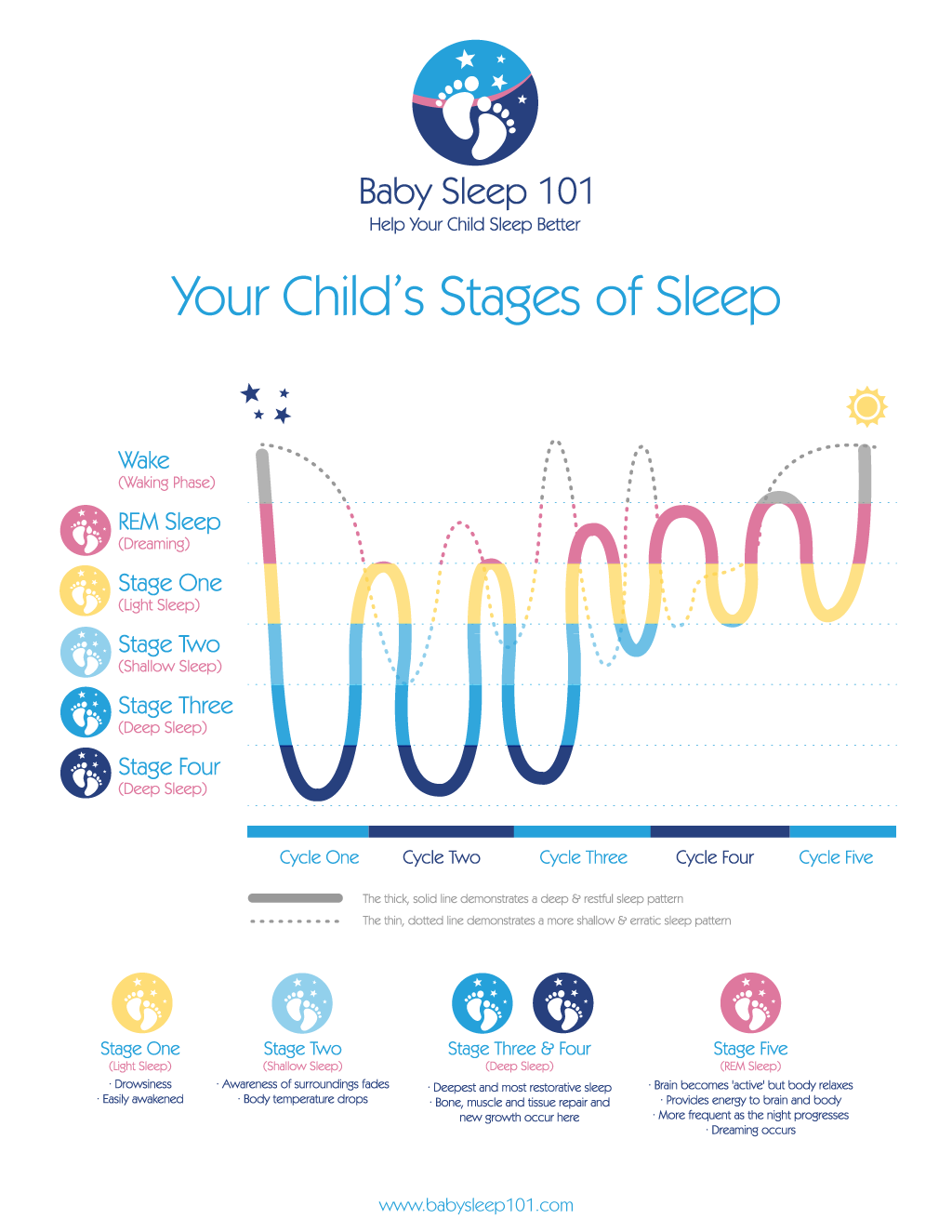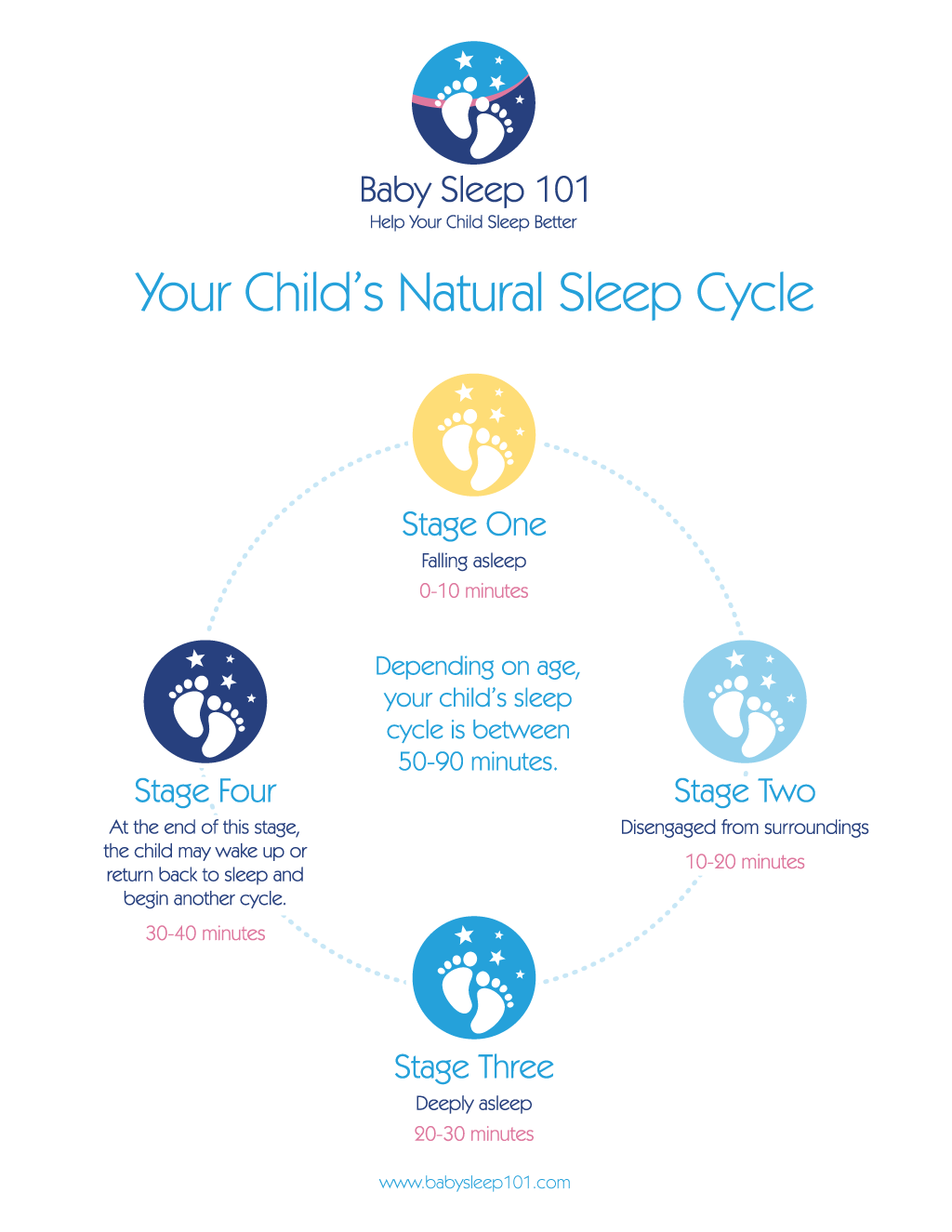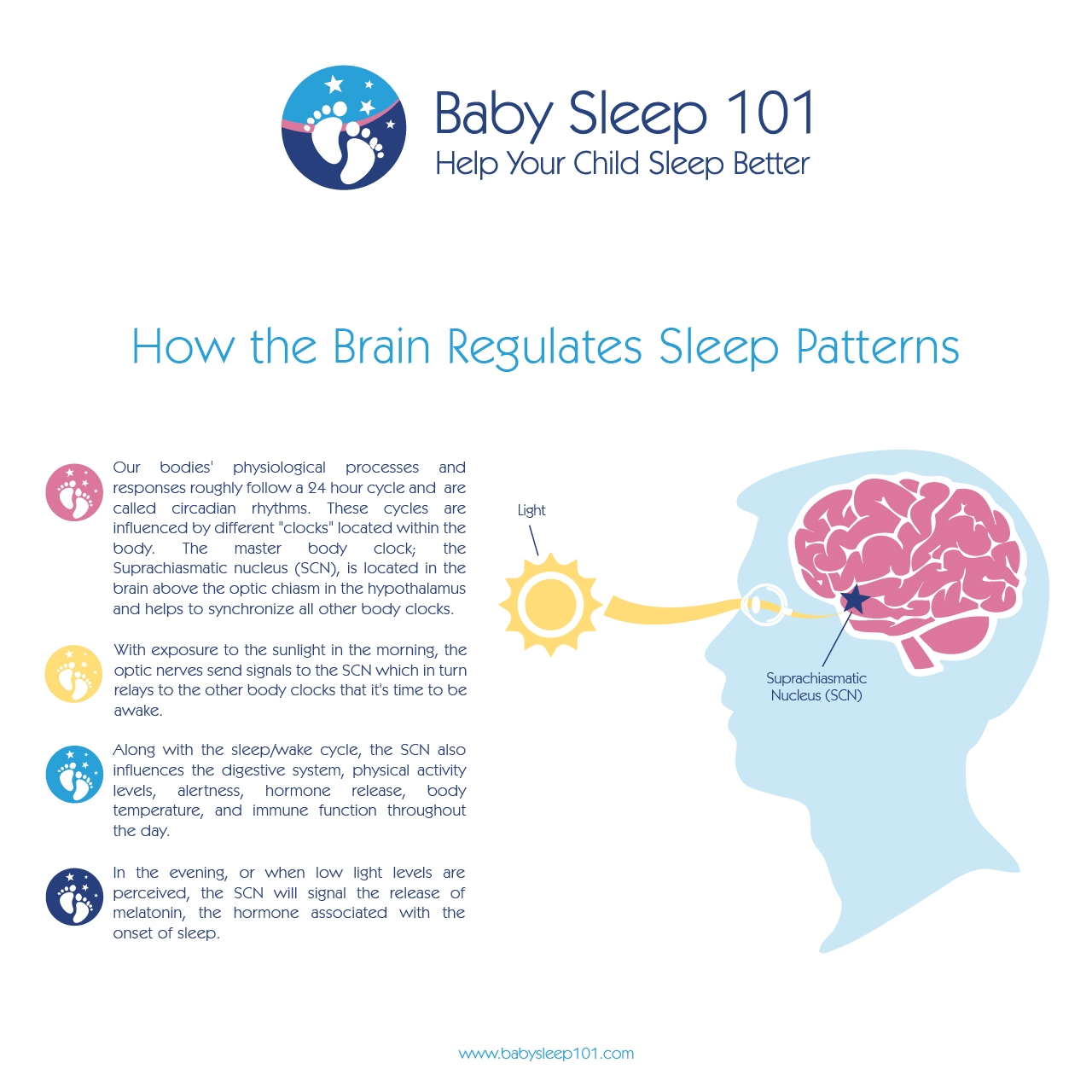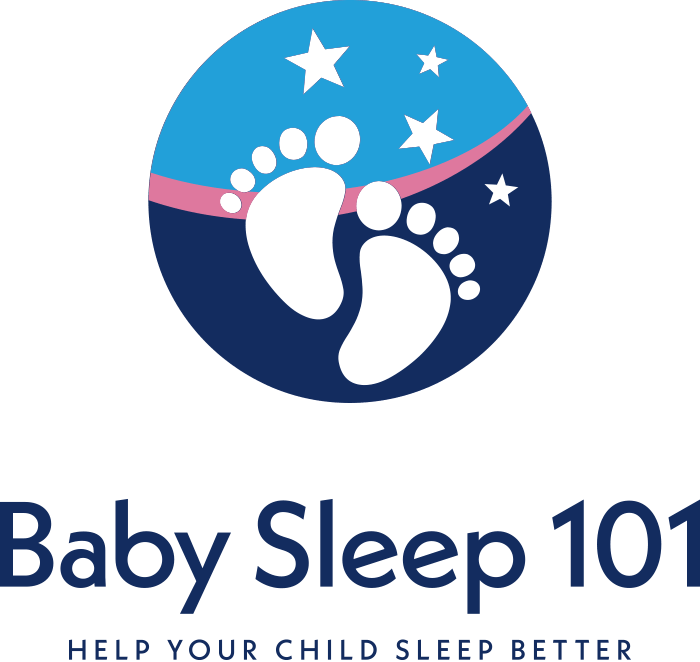Resources
Browse our helpful tips, tricks, and articles on baby sleep.
Sleep Tips by Age
For the following guidelines, please follow them according to your baby’s expected date of delivery. If your baby was born premature, then you need to factor that into determining what stage your baby is at. For instance; if your baby was born 3 weeks early, then at 1 month they would only be considered a week old. This adjusted age not only influences sleep patterns, but physical and mental developments as well.
Most babies will have very short wake times during these early weeks and at most can handle being awake for a feed, change, burp, (and change again!) and then back to sleep. Don’t try to keep a newborn awake longer than this as it will only make them overtired and lead to crying and fussing.
During the early weeks, babies may experience day and night confusion and be up at night and sleep during the day. Unfortunately there is very little you can do to change this, but it will sort itself out soon! Respect your baby’s need for sleep and understand that it will be disorganized for only a little while longer.
Babies may also experience bouts of crying or fussing in the early evenings. This is sometimes called the “Witching Hour” and subsides by 8 weeks. These periods of crankiness or fussing should not be confused with colic. Colic is defined as crying for 3 hours or more, for at least 3 days a week, for over 3 weeks. If your baby is colicky, then you will need to do whatever it takes (but still considered safe, of course) to get your baby to sleep.
Whereas before your baby could fall asleep anywhere, anytime and sleep through anything, now they seem to resist sleep a little bit more and may need some help from Mom and Dad. Naps may become shorter and more frequent (anything from 4-6 a day is common) but thankfully night sleep is starting to develop so parents might start to have a few hours of sleep themselves -and I do say might-not all 😉 . Chances are, the longest stretches of night sleep your baby is taking, is still while you are wide awake.
This is a great time to start introducing a wind down routine before every sleep time. It doesn’t need to be long or elaborate, just something soothing, quiet and relaxing. Begin trying to put your baby down, drowsy but awake and see if they can start to fall asleep on their own. If they need assistance, try shushing them in the crib. A gentle pat or rub on their back can also be soothing.
Although babies can now stay up a little bit longer, it is still quite short-about 45 mins to 1hr and 15 mins. You need to be on the lookout for sleepy cues such as zoning out, turning away from toys, fussing, rubbing face, as signs that they are ready for bed. When you see these cues, start your wind down routine right away. Many parents make the mistake of waiting until their baby has yawned multiple times and then they put the dishes away or answer the phone and by the time they actually put their baby down, they are overtired, grumpy and fighting sleep. To avoid this, be on the lookout for more subtle signs earlier and start the wind down process sooner.
As the baby’s brain matures and sleep cycles develop, so too, do sleep associations. Simply put: they get used to falling asleep in a certain way. If prior to this time, your baby was rocked, fed, bounced or used a soother to fall asleep and had no problem staying asleep for long periods, this often changes around 4 months. They begin to associate falling asleep with these ‘things’ and as a baby comes out of one sleep cycle, they call for you to recreate it again so they can go back to sleep. This often leads parents to be confused as to why their previously solid sleeper, is suddenly waking frequently.
If your child is continuously taking 45 minute naps and waking up crying, then chances are, that is how long one sleep cycle is and they are unable to transition to the next cycle by themselves and they need you to recreate whatever sleep prop they were used to falling asleep with. While this is frustrating to parents (I know, I was one of them!), it is also a sign that your child might be ready to start learning how to fall asleep by themselves and you can do many things to help this process over the next few months.
If you find that your baby is waking more frequently than this, you need to check into a few things. First of all, is there a chance that your child is wanting to feed/ be rocked/ soother replaced/or held as a way to fall back asleep at some night wakings? If so, then he or she may have formed a sleep association with one or more of those things. A sleep association or sleep prop is anything that you have to do or give your baby in order for him or her to go back to sleep (other than true feedings). If you find you are having to rock your baby back to sleep every hour, then it is likely that the rocking has become the sleep prop for them and they haven’t learned the skills to put themselves back to sleep. This can be changed with some time, patience and consistency through a variety of sleep training methods.
Second, babies tend to wake at night if they are overtired at bedtime. At this age, bedtimes are usually 3-3.5 hours after the last nap and fall between 6-8pm. Any later and the child can become overtired. This often leads to night wakings as the body is not relaxed enough to fall into a deep sleep. If you think your baby may be over tired, try an earlier bedtime. Contrary to many parent’s thinking; this does not lead to an earlier wake up in the morning!
As we get closer to 8 months, many babies start to drop the cat nap and stick with two long naps. These naps are well developed by this point and occurring around the same time each day. This provides baby (and his or her family) with consistency and routine, and it makes it easier to plan outings ahead of time.
We know how fast babies can grow, change and learn new skills and months 9-12 are no exception to this! Often this period comes with many exciting developmental changes, however for many babies, it can also really play a number on sleep. Many babies will experience sleep regressions during this time and it is often due to physical or mental developmental milestones that are occurring. Please note though; a sleep regression is different from a baby that has never had healthy sleep habits. A regression is identified when a previously good sleeper suddenly starts to have problems for seemingly “no reason”.
These sleep regressions can present themselves as fighting naps, night wakings, resisting bedtime, being awake for long periods in the middle of the night and/or waking extremely early to start the day. They literally can appear overnight. One day your child will be taking great naps and the next day he or she decides to stay awake playing.
One mistake parents often make is to take nap resistance in particular, as a sign that their child is ready to drop their morning nap. Some babies do transition to one nap at this time, but it’s quite rare. (The majority of babies transition between 14-18 months but it can take several weeks or months to complete.)
Many times these babies are actually going through a sleep regression (11 months seems to be a popular month for this!) and will go back to wanting and needing two naps after a few weeks. Only taking one nap a day may seem like it’s working at first, but if a baby is moved before they are truly ready, often after a couple of weeks the child becomes chronically overtired and parents start to notice their baby fighting bedtime, more cranky, clingy or fussy, waking up very early and/or shortened naps.
So instead of transitioning to one nap, hold onto two naps as long as you can and adjust your routine accordingly.
The majority of babies will transition to one nap somewhere during this time. In the earlier months (13-15), you may have to play around with their routines quite a bit as they continue to move toward the transition, but it is usually better than going cold turkey to one nap. We also see a lot of variance in routine during this time-sometimes your child will willingly take two naps, other days they won’t seem to be tired until late morning. Some children take 2 long naps right up until transition and others start to shorten one or both by themselves. Some prefer a short morning/long afternoon nap and for others, it is reversed. It can become a struggle to fit everything in and the days can get long.
It depends on your personal situation, but the best way to make it through this transition period is to hang on to two naps for as long as you can and to keep bedtime early, especially on one nap days!
Once your child transitions to one nap, that nap starts at around the same time each day. This single nap can last anywhere from 1-3 hours and even though it may start out on the shorter side, it may lengthen over the next several months. Use your child’s mood upon waking and during the afternoon as an indication as to whether or not they are getting enough sleep. As your toddler gets closer to 3 years old, this nap will start to fade out, but just like the 2-1 nap transition, please don’t be in a rush to drop it. Your child should demonstrate a solid two weeks of playing through or not sleeping during the nap time before you should consider dropping it. Even then, many parents institute “quiet time” for an hour or so every day.
Once your child is ready to drop their nap, bedtime should once again be brought up earlier to compensate for the missing day sleep as their body adjusts to the longer days.


